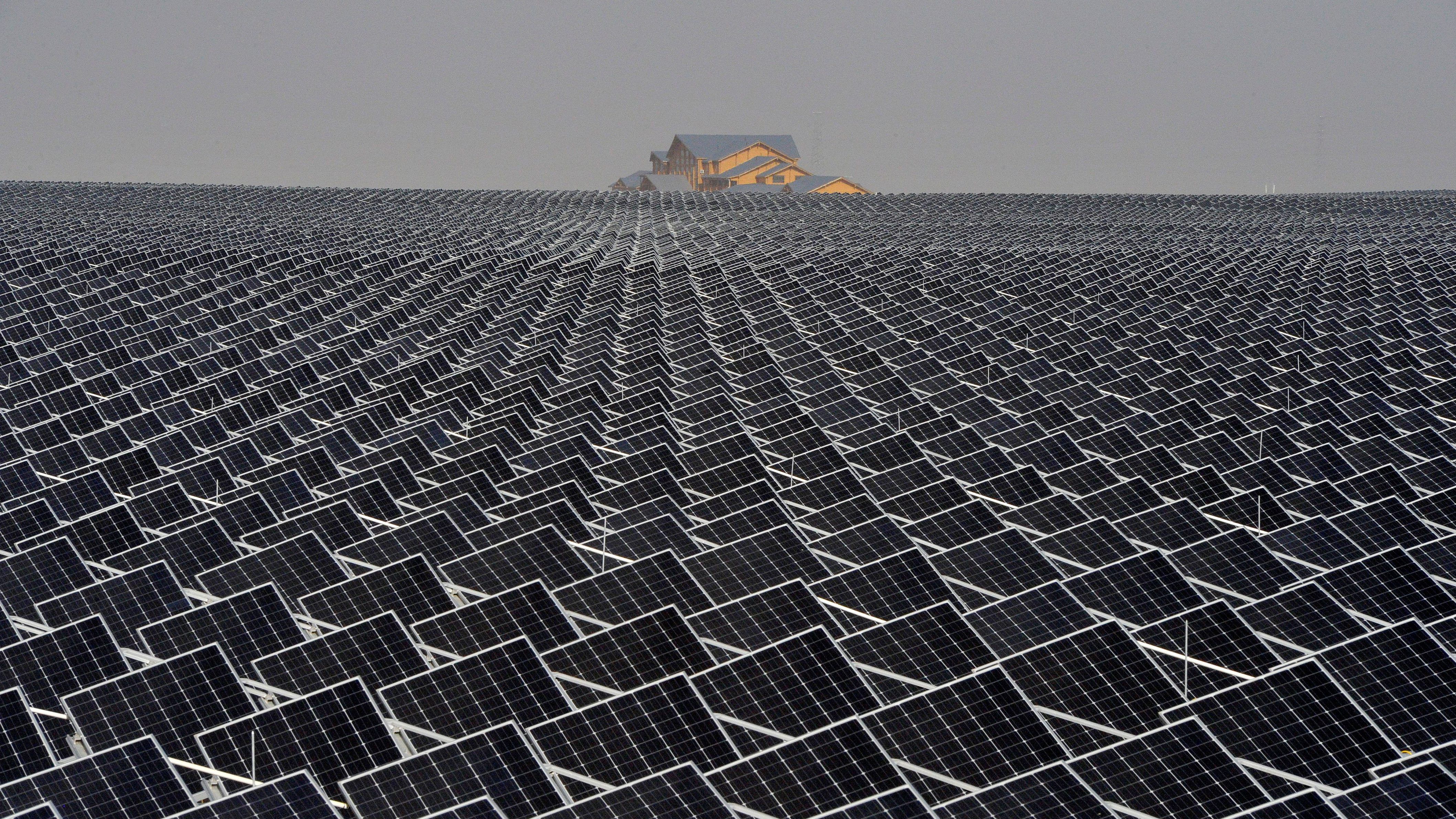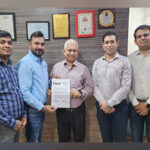Do what you do better, then go where the opportunity is.
There’s no way around it: The Trump administration’s Section 201 tariffs on foreign-made crystalline silicon cells and modules make it harder to getsolarprojects built.
According to GTM Research, cumulative PV installations in the U.S. will total 7.6 gigawatts less between 2018 and 2022 than originally projected as a result of the new safeguard measures.
But what the tariffs mean for individual companies and projects is less clear. Even for solar companies not directly affected, some believe the tariff impact will simply make an already ultra-competitive marketplace even more cutthroat. For some companies, this is an opportunity to put their tried and tested business solutions to work.
“We will gain market share,” asserted Steven Chan, CEO of the U.S. division of inverter manufacturer Sungrow. “Having been in the inverter business for 20 years, we have huge economies of scale with our supply chain and R&D, enabling us to constantly improve and evolve our products. The tougher it gets, the more our competitors drop out.”
Already, business model innovation has been part of the equation for companies looking to maintain revenues in the face of 30 percent tariffs. Both SunPower and Sunrun, for example, are incorporating storage and grid services into their offerings. Module manufacturer JinkoSolar has announced plans to open up a module factory in Florida in order to produce panels that don’t trigger the tariffs.
Companies are exploring other ways to get projects done despite the headwinds created by the tariffs. Here are four strategies that have emerged.
Double down on product innovation
Developing inverters, modules and other solar equipment that can produce kilowatt-hours at lower and lower prices has been a constant mantra of the solar industry. Product innovation that achieves that goal is even more important today as a way to offset the Section 201 tariffs.
Intense cost pressures in developing markets have already prompted companies operating in those markets to develop products that help drive down overall project costs. “If you look at developing world markets in India or the Middle East or Mexico, we get tremendous pressure to innovate further,” said Chan.
For Sungrow, that has meant unveiling a series of ever-larger inverters. The company has a 2.5-megawatt central inverter available in the U.S. and is unveiling a 3.125-megawatt inverter in developing world markets. The company also offers a 125-kilowatt, 1,500-volt string inverter for utility and C&I ground-mount applications.
These larger inverters provide greater flexibility to project designers, while also helping them to produce more electricity with less initial capital investment. High-efficiency monocrystalline and bifacial modules that utilize passivated emitter and rear cell (PERC) technology can also improve project economics. LONGi Solar says that PERC modules have 10 to 12 percent higher efficiency compared to their multi counterparts. Fewer modules producing the same amount of energy translates into a decrease in balance-of-system costs that can benefit project economics.
Focus on robust service
The need to stand out from competitors by offering innovative products at cheaper prices will always remain a constant. Another approach to maintaining or building market share is emphasizing service that helps others get projects done in a competitive environment.
For example, Sungrow has reimagined how its large central inverter is delivered to customers. “We can ship the 2.5-megawatt inverter with a transformer and switch gear integrated into one skid solution. If you want, you can buy it on a 20-foot container, which is also the housing for the inverter,” Chan said. This eliminates the need for contracting engineering, procurement and construction providers to work with the skid integration company, which can be costly.
Customer service increasingly extends beyond construction as well. Project ROI can also mean being a long-term partner able to provide spare parts and service for as long as a plant is in operation. Sungrow’s service extends through the lifetime of the product and also around the clock, with a 24/7 hotline service based out of Phoenix to serve the company’s central and string inverter customers.
Look beyond the border
The Trump administration’s imposition of tariffs on solar equipment is part of its avowedly America First trade policy. But the reality is that the solar industry becomes more global by the day.
If projects don’t materialize in the U.S., solar companies can look elsewhere for opportunities. Sungrow has installed more than 2 gigawatts of its inverters in India. Succeeding in an ultra-low-cost market like India offers lessons that can be applied across the globe.
“We have a lot of people working on installs and service in India, and they have become a global commissioning force for us,” said Chan. “Conditions are challenging there, and our team has become so efficient that we can use what they’ve learned there in other markets.”
Another market that has become increasingly attractive to Sungrow and other global solar players is Mexico. The Mexican solar market will have close to 16 gigawatts of cumulative PV installed capacity by 2022, according to GTM Research, with an upside of close to 20 gigawatts.
PPA prices are hardly lucrative in Mexico but developers have other ways to make their project economics work. “Mexican project developers can take advantage of a range of income opportunities to boost the profitability of plants,” GTM Research recently noted. “They can sell any generation in excess of what is required by their power-purchase agreement at nodal prices, for instance.”
Find and understand niche growth markets
Even within the U.S. there are new market opportunities to develop projects. For example, in early April the Illinois Commerce Commission finalized that state’s Long-Term Renewable Resources Procurement Plan. The plan’s renewable procurement target vaults Illinois into a top-tier state, with a 2025 goal to develop 666 megawatts of community and distributed solar.
The announcement adds to the significant momentum of community solar projects, which now represent about 20 percent of all non-residential PV installations. The growth of community solar is particularly brisk in states like Massachusetts and Minnesota, which together accounted for about 80 percent of all projects in 2017. Succeeding in these growing markets requires not just affordable and reliable products, but also deep knowledge of local regulatory requirements and nuances.
“Community solar is another example of PV industry innovation overcoming market challenges,” said Chan. “Staying laser-focused on these types of niche markets is crucial in a rapidly evolving environment.”







Leave a Reply